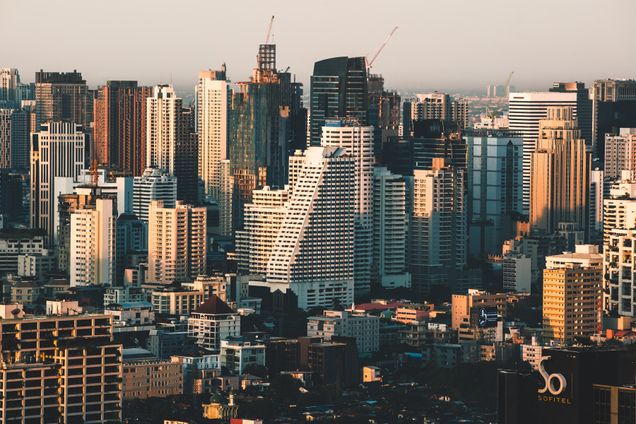Special Drawing Rights: The Right Tool to Use to Respond to the Pandemic and Other Challenges

On August 23, 2021, the International Monetary Fund (IMF) allocated a historic $650 billion worth of Special Drawing Rights (SDRs) in a general allocation to its 190 members, proportional to their quota. SDRs are an international reserve asset that can be exchanged for hard currency or donated among member countries. These new SDRs added much-needed liquidity to the global economy during the COVID-19 pandemic, particularly for low- and middle-income countries.
A new journal article in Challenge by Lara Merling, Kevin Cashman and Andres Arauz assesses the uses and impacts of the August 2021 allocation of SDRs. The authors provide an overview of what SDRs are, how they can be used by countries, how they were used and the relationship between high-income countries and SDRs.
The article explains that the four main ways to use SDRs are to supplement existing reserves, exchange them for hard currency, use them to meet fiscal needs and for IMF debt relief. Between August 2021 and March 2022, 98 low- and middle-income countries proactively used SDRs in at least one way, 30 countries in at least two ways and ten countries in at least three ways. The allocation increased the fiscal space for developing countries, despite the uneven distribution based on IMF quota shares. The authors identified no downsides for advanced economies that made no use of their allocations.
Given the ongoing crisis and additional shocks from Russia’s war in Ukraine and monetary tightening in advanced economies, the authors highlight that new allocations of SDRs can help close the gap in the available fiscal space developing countries have to address these changes.
Read the Journal Article